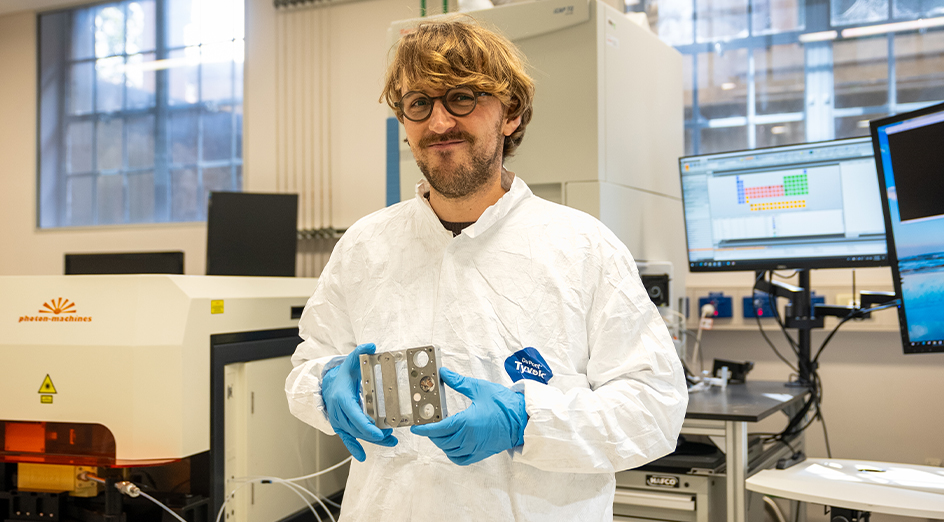An international study, including researchers from The University of Western Australia, has unveiled new pathways to future copper deposits by cracking the code to the metal's origins, a discovery that could reshape the future of copper mining and help meet the surging global demand for the critical resource.
Published in Nature Geoscience, the study proposes a new model for the formation of large copper deposits, a breakthrough that promises to accelerate the search for new copper supplies, which are essential for the energy transition.
Led by Dr Tom Lamont from the University of Bristol, the research is part of the 'High Grade Hypogene Copper' initiative, a consortium that includes UWA and BHP.
Co-author Associate Professor Tony Kemp, from UWA's School of Earth Sciences, said researchers focused on the formation of copper deposits beneath volcanic chains where tectonic plates converge, a process known as flat slab subduction.
"This phenomenon causes the sinking plate to heat up and release fluids, which then percolate into the overlying plate, melting it and channelling copper and other metals upwards to form ore deposits," Associate Professor Kemp said.
"Recognising areas where flat slab subduction has occurred in the past is crucial for discovering new copper resources, which means this new innovative approach could significantly enhance our ability to meet the growing demand for copper, driven by the electrification and renewable energy sectors."
The study also highlighted the importance of precise dating of copper deposits using a radiometric laser-based technique which was developed by Research Fellow at UWA's School of Earth Sciences Dr Dan Bevan, another co-author on the study, while he was at the University of Bristol.

Image: Research Fellow at UWA's School of Earth Sciences, Dr Dan Bevan developed a radiometric laser-based technique for precise dating of copper deposits.
The technique, which is now being implemented at UWA, allows researchers to link copper deposits to specific geological events, providing a clearer understanding of their formation.
"The ability to accurately date and locate copper deposits is a game-changer for the industry," Dr Bevan said.
"This collaboration is a testament to the power of innovative research and its potential to drive sustainable resource development."
As part of the newly established ARC ITTC in Critical Resources of the Future, Associate Professor Kemp said UWA would continue to lead cutting-edge research and training in the field.
"The University's commitment to advancing our understanding of copper and critical mineral formation is poised to play a pivotal role in securing the resources needed for a sustainable future," he said






